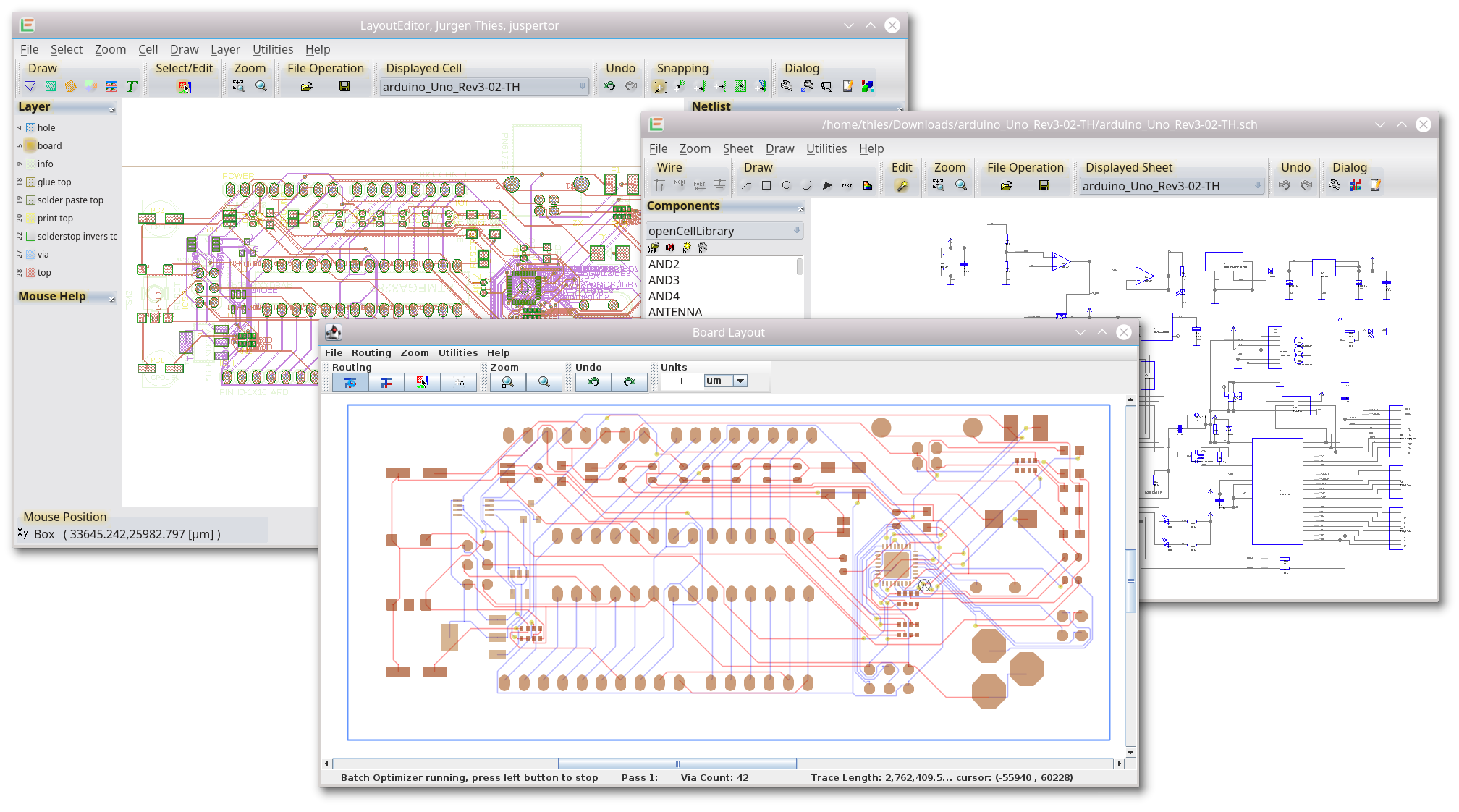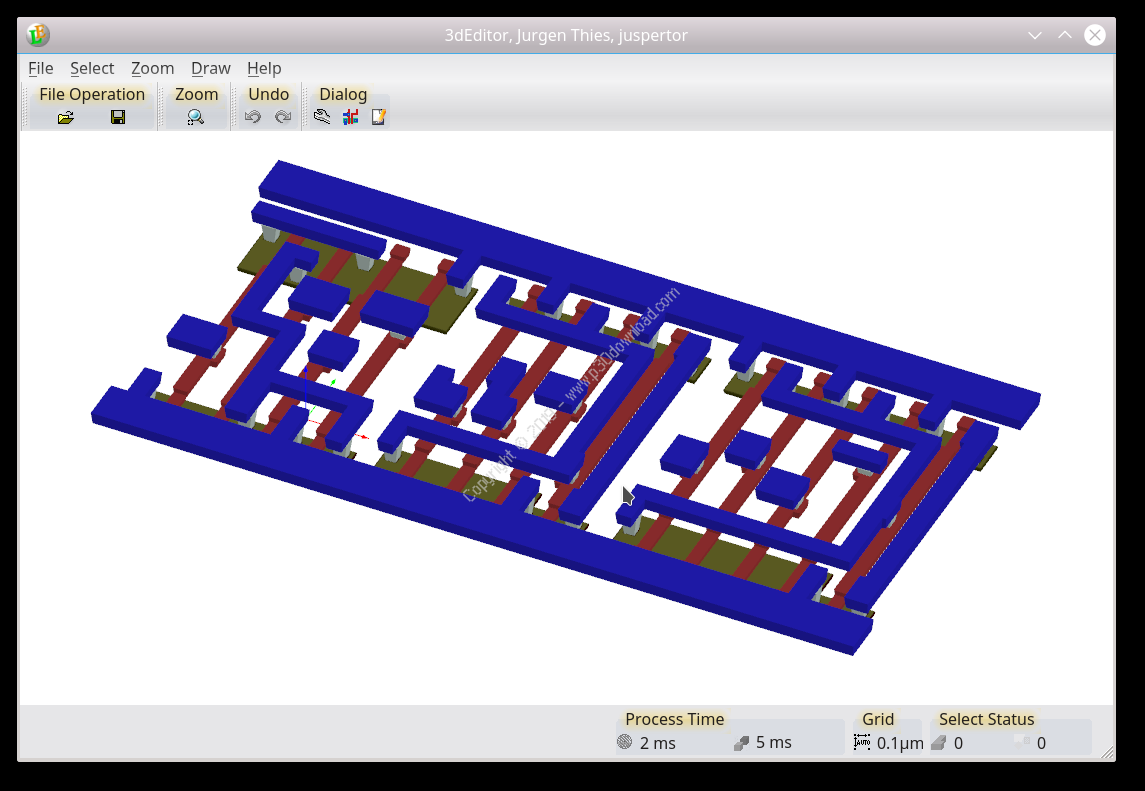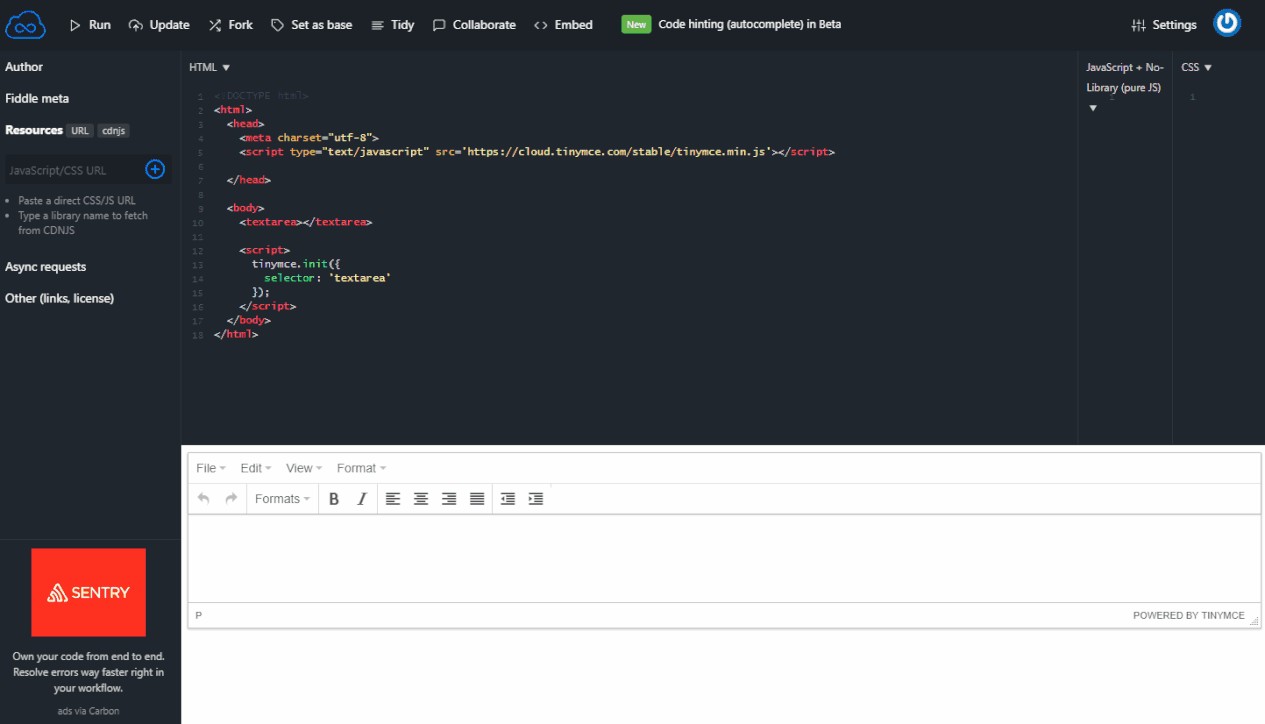

- #Initialize layouteditor zip file
- #Initialize layouteditor driver
- #Initialize layouteditor simulator
- #Initialize layouteditor download
The Signal System definitions referred to earlier include the This can be done using Logix, scripting or Signal Mast In order to display an aspect, the signal mast needs to have logic to determine the properĪspect based on some set of rules. The signal mast table now contains 8 signal masts
#Initialize layouteditor driver
There is also a Virtual Mast driver that canīe used when there are no signals on the layout or the decision for the layout hardware is

The appropriate driver will depend on the signaling hardware that hasīeen installed on the layout. The selected Mast Driver: controls how the signal mast aspect information Will use the Single searchlight low signal type. Masts use the Single searchlight high signal type and the end bumper masts Turnout throat the Double searchlight high signal will be used. The list containsĪfter the signal system has been selected, the Mast Type: list will beĬhanged based on the selected signal system. The Signal System: is set to Basic Model Signals. The suffixes for the signal masts at the frog end will be Cįor the straight leg (Continuing) and D for the curved leg (Diverging). Indicates that the signal mast is related to the right turnout at Alpha and will be placed at Signal masts are created using PanelPro Tools ⇒ Tables ⇒ Signals ⇒ Signal Add Signal Masts to the Signal Mast Table Most layouts are not largeĮnough to have long mainlines with intermediate signals. Block boundaries canĪlso occur at level crossings, anchor points and edge connectors. The two end bumpers are also considered block boundaries. The turnouts on the panel at Alpha have their own blocks which means they provide 3 blockīoundaries. This means they are protecting one or more Signal masts are placed at block boundaries. The logic to set the mast aspects will be done using signal mastĪ signal mast protects the trackage beyond the signal mast up to the next signal mast. Their icons, and the rules for determining the signal mast aspect. The selected signaling system provides the aspects, the appearances of signal masts, The sample layout will be using signal masts based on the Basic signaling The above link provides an overview of signaling support in JMRI along with links to It includes the ability to initialize the layout after panel loading using Routes, LRoutes Simulate sending turnout commands to the layout and respond to simulated occupancy changes.

It has turnouts, occupancy sensors and blocks. For this exercise theĭemo panel: GS-3-Panel Sensors.xml. The first time PanelPro is started, a connection must be defined.
#Initialize layouteditor zip file
The appropriate file name will be indicated by aĭownload the zip file and unzip it. Used to practice the getting started steps.

These are provided for reference and can be
#Initialize layouteditor download
The Store and Load process is documented at LoadingĪ GettingStarted.zip file is available for download andĬontains a JMRI profile with panel xml files.The screenshots are based on macOS 10.15.5, they will look different depending on the.Clickable keywords are provided that link to detail help.If a connection change is required which results inĭifferent system names, the user names can be moved without impacting the The following description is just one of many possible workflows.The SML will be based on the Basic signaling system.Signaling will be based on Signal Masts using Signal Mast Logic (SML).The layout components will be numbered sequentially without reference to any specific.
#Initialize layouteditor simulator
The layout connection will use the Digitrax Simulator for turnouts and occupancy.While this is a term from the NMRA LDSIG (Layout Design Special Interest Group), it helps Trains, or building a separate panel using Control Panel Editor to use Warrants. PanelPro activities such as creating a CTC panel, using Entry/Exit, using Dispatcher to run When done, the panel and its table data provide the foundation for other The goal is to provide an introduction to the main PanelPro tables while creating a LayoutĮditor panel. Page provides an overview of creating a layout editor panel with turnout control, block Getting Started with PanelPro IntroductionĪs indicated on the PanelPro introduction page, there are several editors within PanelProĪnd a significant number of other tools that supplement and build upon PanelPro content. JMRI Setup and Installation JMRI environments. CTC Tools Supported hardware JMRI supports a wide range of devices, DCC systems, command stations, networks, and protocols.Layout Automation Use JMRI to automate parts of your layout and operations: Tools JMRI tools for working with your layout:


 0 kommentar(er)
0 kommentar(er)
